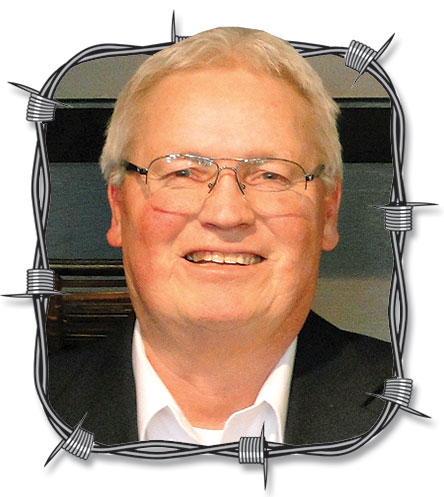 I truly hope you are better at sticking to your New Year’s Resolutions than me. I may start out with the best intentions but seem to fail somewhere between my recliner and the kitchen. For 2019, I’m choosing a different path for my personal goals and objectives. I want to follow some rules I’ve learned most recently through my work spent counseling others through the CCOA Returning Home Program.
I truly hope you are better at sticking to your New Year’s Resolutions than me. I may start out with the best intentions but seem to fail somewhere between my recliner and the kitchen. For 2019, I’m choosing a different path for my personal goals and objectives. I want to follow some rules I’ve learned most recently through my work spent counseling others through the CCOA Returning Home Program.
1. Identify Three Goals or Objectives:
Write them down – Studies teach us that committing something to paper solidifies it in our mind
Prioritize your Goals – We all focus on what’s most important now
Check them Off – As you complete a task or your initial goal – congrats and check it off your list
Refresh your List – As you check off a priority, add a new one
2. Planning – Keep it Simple: Often, we have some worthy goals but take an expensive or unreasonable approach. Sooner or later, we all learn that it’s not the equipment but the talent that matters. Tiger Woods could take my old duffer clubs and break par on most any course. I, however, would show minimal improvement in my game with the best clubs in the world.
So, instead of the best, newest (expensive) equipment or gear to enjoy and reap the benefits of a new venture, focus on small changes for your personal improvement. It does take a commitment. You’ll need a positive, “can do” attitude. Family or peer support always helps as well.
3. Health: My family doctor told me the single, healthiest thing most adults can do is lose 10 percent of their body weight. I was reminded recently that walking 30 to 60 minutes a day is a great health benefit. Again, simplicity works best.
4. Financial: Identify your financial goals, write them down, gain family commitment and believe you will be successful! Money, like so many other areas in our lives, can be complicated. It doesn’t have to be that way. Make some goals that will stretch you, yet be do-able, and stick to it!
Consider a savings plan for each member of your family. Build a simple balance sheet to identify your assets and debts currently. Consider “owning” some of the companies where you do business. If you believe in their products and services, why not reap the benefits through stock ownership. Again, start small and build from there. If a 401(k) plan is available – use it.
Look at your credit card and personal debt position. Determine the one or two cards you really need and shred the rest.
Finally, list your goals, prioritize and keep it simple. This process can work for you in 2019.
Ken W. Knies is an agricultural and rural consultant. He holds a bachelor’s of science and arts from the University of Arkansas and a master’s of business administration from Webster University in St. Louis, Mo. He formed Ag Strategies, LLC as a business unit focused on quality borrowers and lenders.





